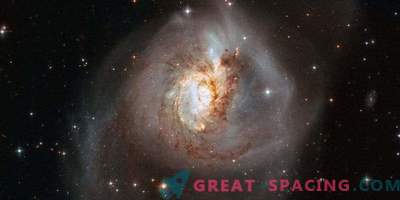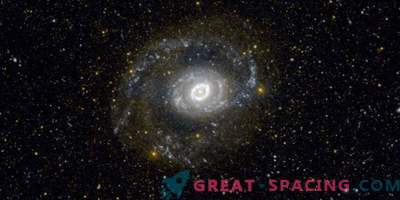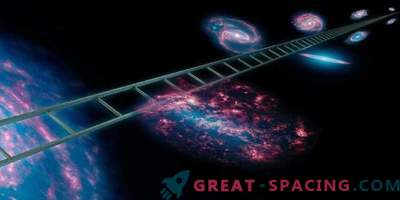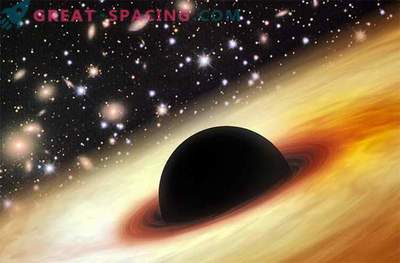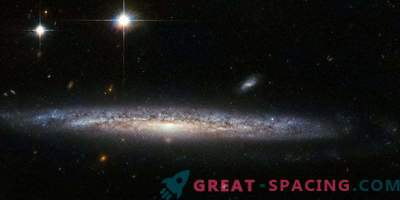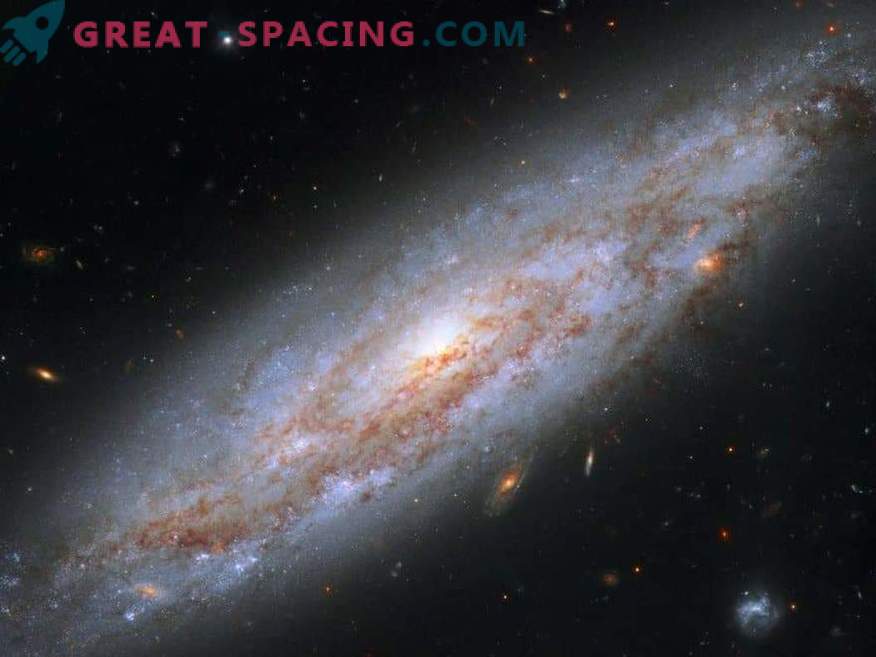
This is a resident of the Big Dipper constellation. NGC 3972 is a spiral-type galaxy, 65 million light-years distant from us. That is, the observed light occurred 65 million years ago, when dinosaurs became extinct.
But NGC 3972 boasts its own dramatic events. In 2011, scientists were able to fix the explosion of a supernova Ia-type (not visible here). The objects of the galaxy are so bright that they can be seen at great distances. In addition, NGC 3972 has many pulsating stars (cepheid variables). They change the brightness with a speed close to their internal brightness. Because of this, they become ideal space beacons, which determine the exact distances between relatively close galaxies. Researchers are looking for Cepheid variables in the territories of neighboring galaxies that contain Ia-type supernovae to match the brightness of both stellar types. The brightness data is also used to calibrate the luminosity of Ia-type supernovae in various galaxies. Understanding the exact distance to the nearest galaxies will help clarify the rate of universal expansion.
Picture taken in 2015 on the wide-angle camera 3 of the Hubble Space Telescope.


